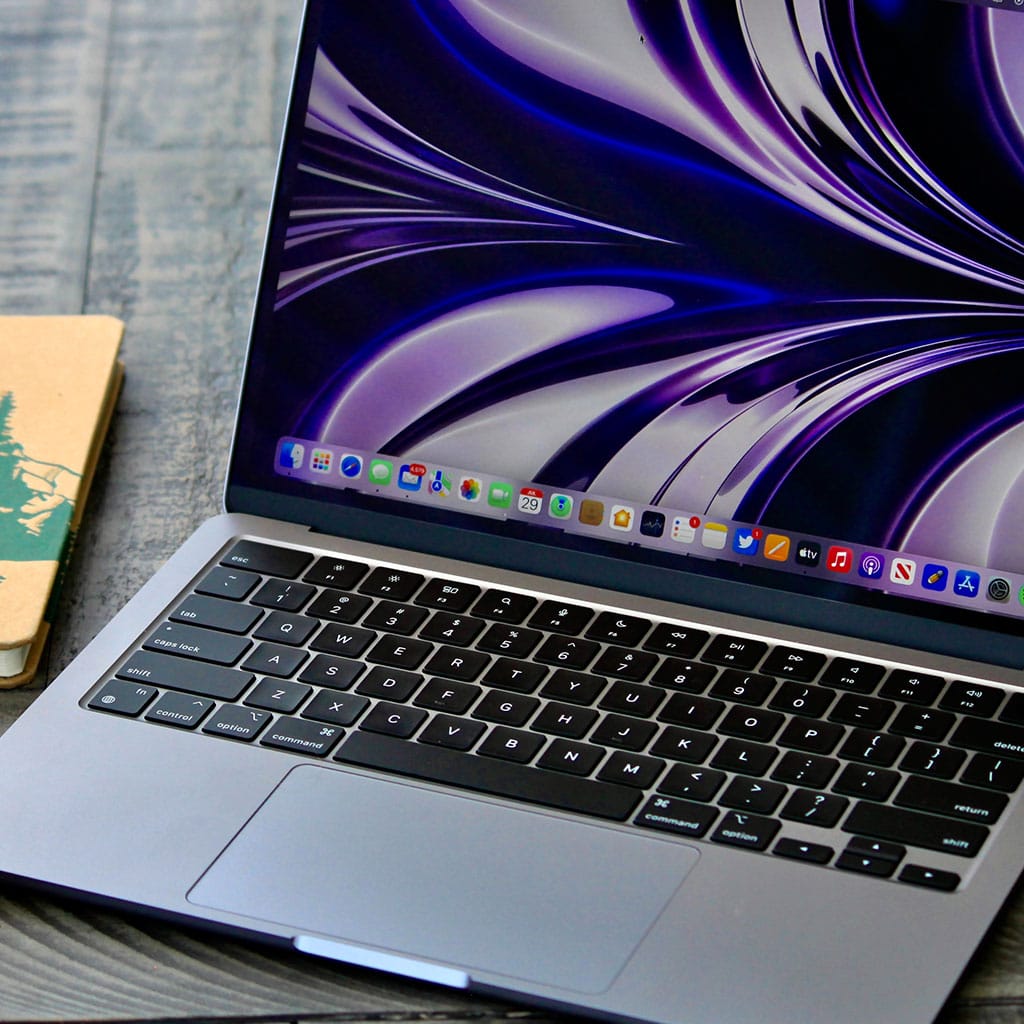How to fix trackpad on MacBook Air
How to fix trackpad on MacBook Air
Experiencing trackpad issues on your MacBook Air? Learn effective troubleshooting steps to get it working smoothly again with these expert tips.
Master the art of fixing your MacBook Air trackpad!
If you’re facing trackpad problems on your MacBook Air, here are steps you can take to troubleshoot and potentially fix the issue:
- Clean the Trackpad: Sometimes, dirt or debris can accumulate on the trackpad’s surface, causing it to behave erratically. Gently wipe the trackpad with a clean, lint-free cloth. Avoid using liquids as they can damage the trackpad.
- Adjust Trackpad Settings:
- Go to “System Preferences” > “Accessibility.”
- Click on “Mouse & Trackpad” in the left sidebar.
- Adjust the tracking speed and other settings to your preference.
- Restart Your MacBook Air:
- Click the Apple menu > “Restart.”
- After the restart, check if the trackpad is working properly.
- Check for Updates:
- Click the Apple menu > “System Preferences” > “Software Update.”
- Install any available updates, as they might include fixes for trackpad issues.
- Reset the SMC (System Management Controller):
- Shut down your MacBook Air.
- Press and hold the Shift, Control, Option, and power keys on the left side of the built-in keyboard.
- Hold these keys and the power button for 10 seconds.
- Release all the keys and the power button.
- Press the power button again to turn on your MacBook Air.
- Reset the PRAM/NVRAM:
- Shut down your MacBook Air.
- Press the power button, then immediately press and hold the Option, Command, P, and R keys.
- Hold these keys for about 20 seconds, then release them.
- Boot into Safe Mode:
- Restart your MacBook Air and hold down the Shift key until you see the Apple logo.
- Check if the trackpad functions correctly in Safe Mode. If it does, the issue might be caused by third-party software.
- Check for Third-Party Interference:
- Some third-party software or apps can conflict with the trackpad. Try uninstalling recently added applications and see if it resolves the issue.
- Hardware Check:
- If the above steps don’t work, there might be a hardware issue. Consider contacting Apple Support or taking your MacBook Air to an authorized service center.
Remember to perform these steps one at a time and check the trackpad after each action to see if the issue has been resolved.
Are there any visible signs of physical damage like cracks or dents?
Inspecting the MacBook Air’s trackpad for visible signs of physical damage is a crucial first step in troubleshooting any trackpad-related issues. A cracked or dented trackpad could indicate a potential hardware failure, disrupting its haptic feedback functionality. This feature, unique to Apple’s trackpads, provides users with a tactile response, mimicking the sensation of pressing a physical button. If this delicate mechanism is compromised due to damage, it could result in a loss of this critical tactile feedback, making the trackpad less responsive or completely unresponsive.
When examining the trackpad, it’s important to take note of any irregularities in its surface. A dirty trackpad, for instance, might hinder its ability to register touch gestures accurately. In such cases, a thorough cleaning of the trackpad could resolve the issue. However, if a faulty trackpad is suspected, utilizing Apple Diagnostics, a built-in hardware diagnostic tool available on Intel-based Macs, can provide further insights. This diagnostic tool is accessed by holding down the ‘D’ key during the startup sound and provides a comprehensive analysis of various hardware components, including the Air trackpad. Additionally, it’s advisable to disconnect any external devices, including wireless trackpads or external mice, during this process to ensure that they do not interfere with the assessment. Keep in mind that this process may display a progress bar on the screen and offer recommendations for potential solutions if a hardware issue is detected in the trackpad.
Have You Checked for Trackpad Firmware Updates?
Ensuring that your MacBook Air’s trackpad firmware is up-to-date is a crucial step in maintaining optimal functionality. Firmware updates often include enhancements that improve features like haptic feedback, which is integral to the trackpad’s responsiveness. This feature, unique to Apple’s trackpads, provides users with a tactile sensation, simulating the feel of a physical button press. Keeping this component current ensures that you’re making the most of this innovative technology. To check for trackpad firmware updates, navigate to the “Software Update” section within the “System Preferences” menu. This process is vital for Intel-based Macs, as it helps address any potential hardware failures or compatibility issues that may arise over time.
For a comprehensive assessment of the trackpad’s condition, it’s recommended to utilize Apple Diagnostics, a diagnostic tool accessible on Intel-based Macs. This tool can be initiated by holding down the ‘D’ key during the startup sound. Apple Diagnostics scrutinizes various hardware components, including the Air trackpad, and provides a detailed report on their status. During this process, it’s advisable to disconnect any external devices, such as wireless trackpads or external mice, to ensure a focused evaluation. If a hardware issue is detected, the progress bar displayed on the screen will guide you through potential solutions. Additionally, for a more accurate assessment, it’s essential to ensure that the trackpad’s surface is clean and free from any debris, as a dirty trackpad can sometimes lead to false readings during diagnostics.





You must be logged in to post a comment.